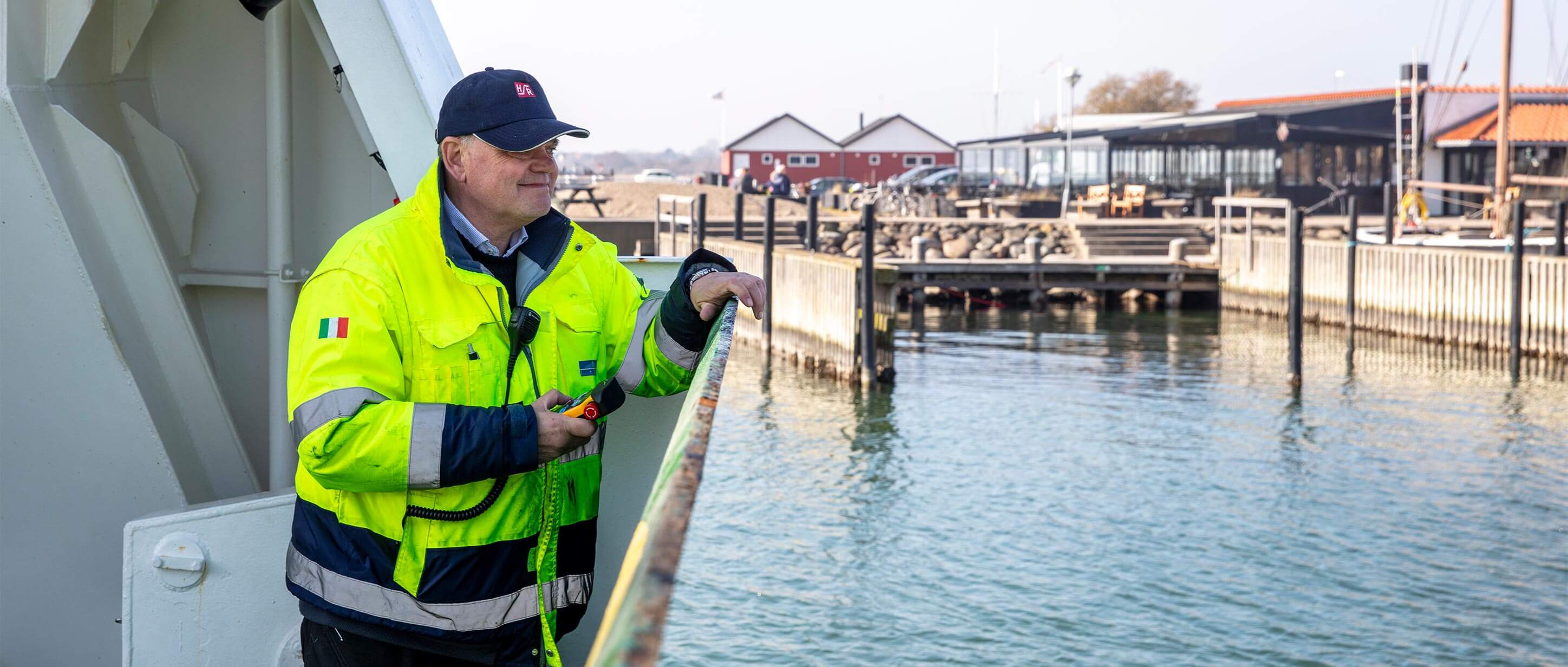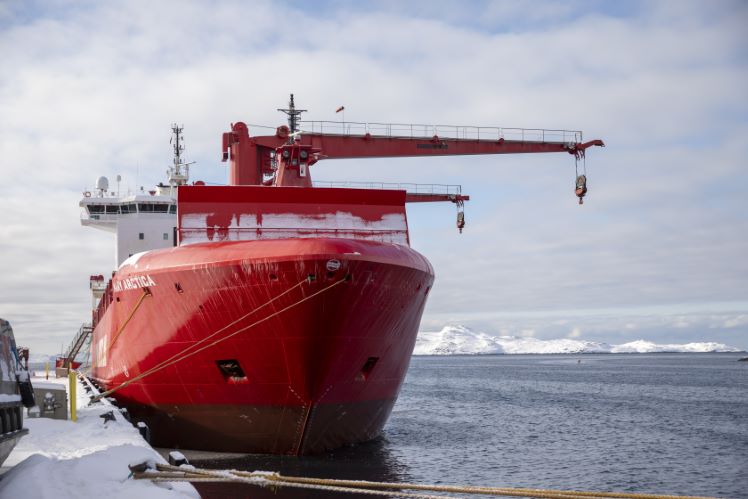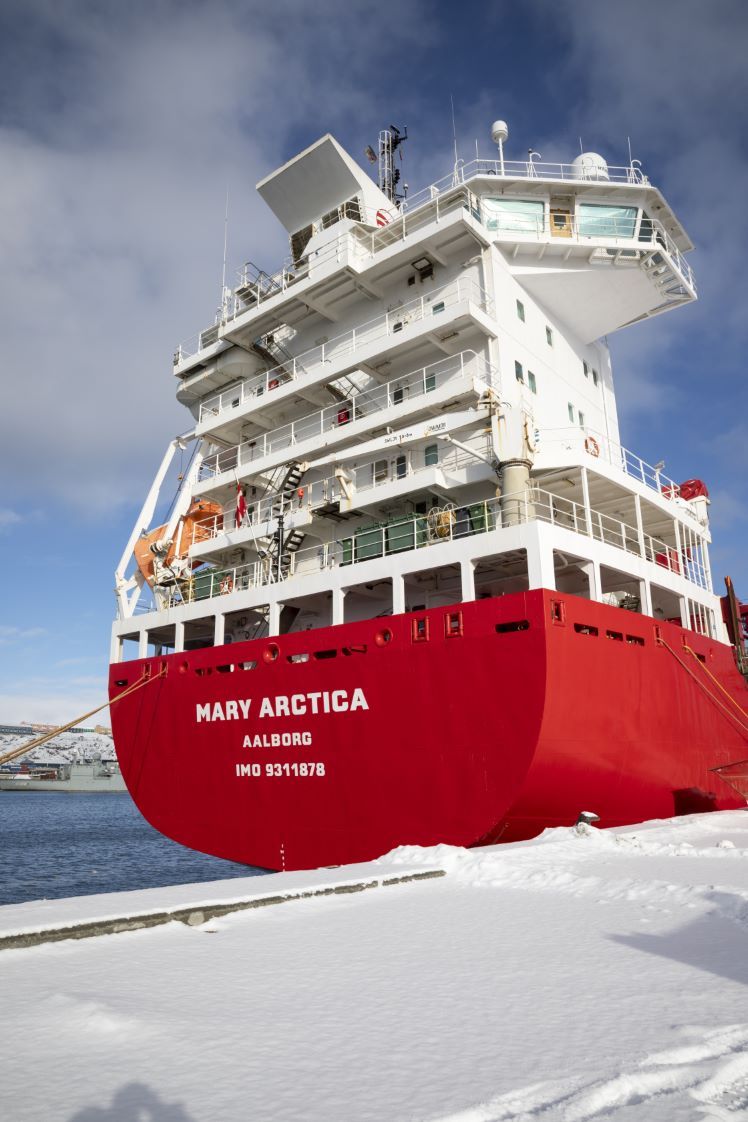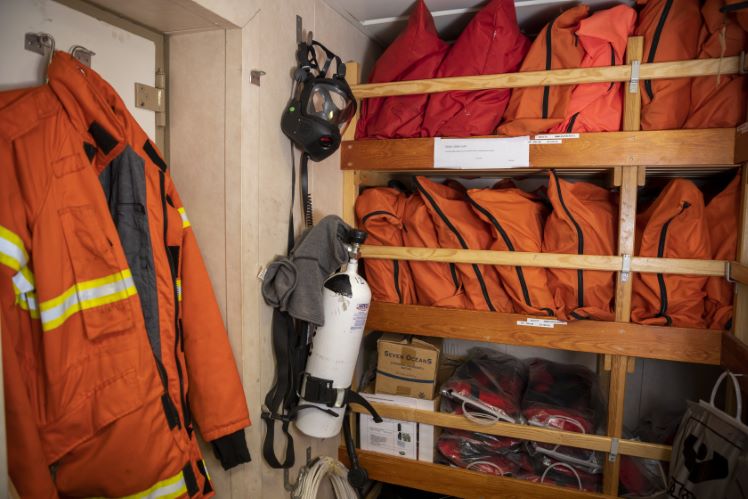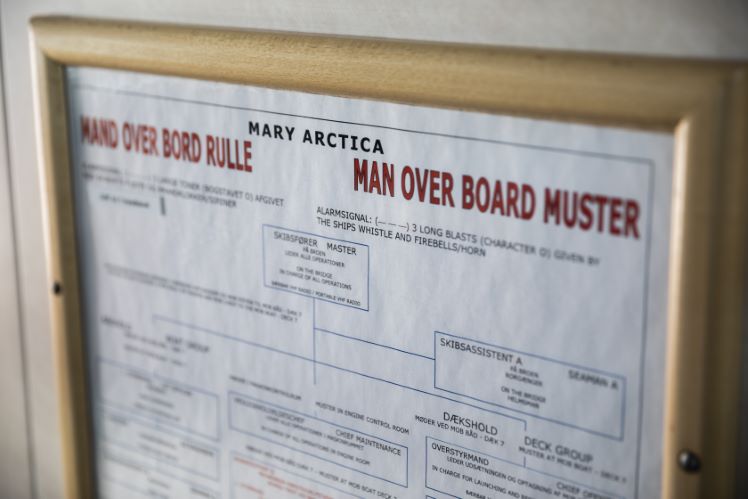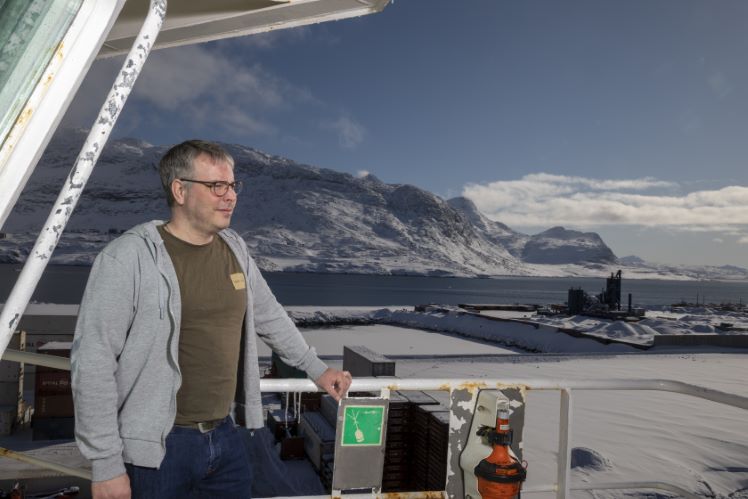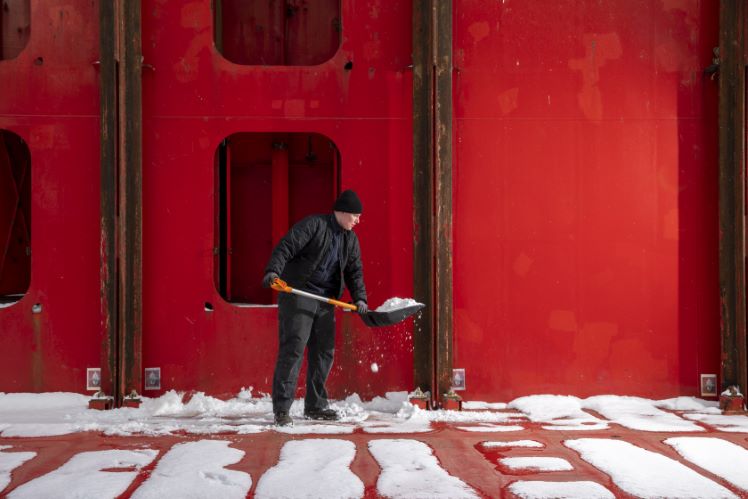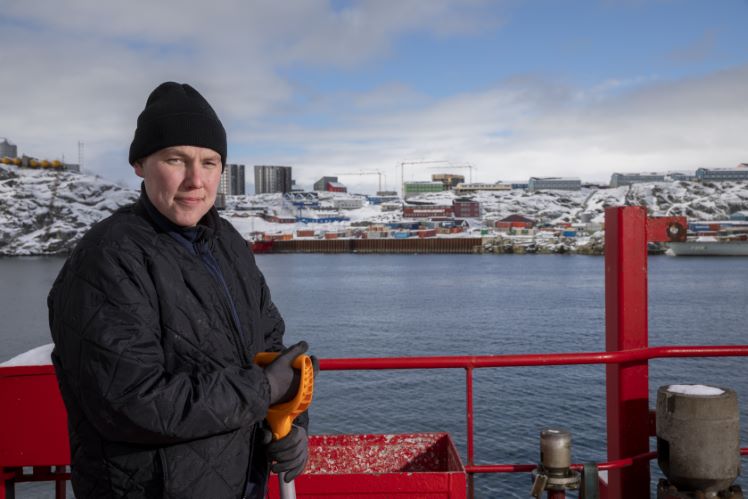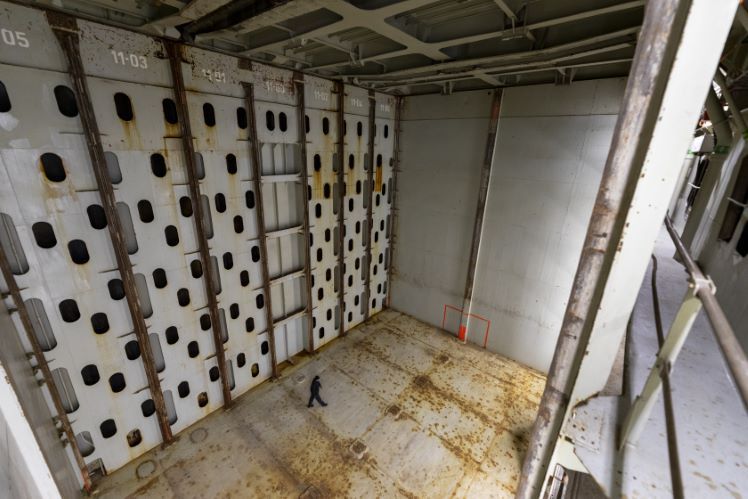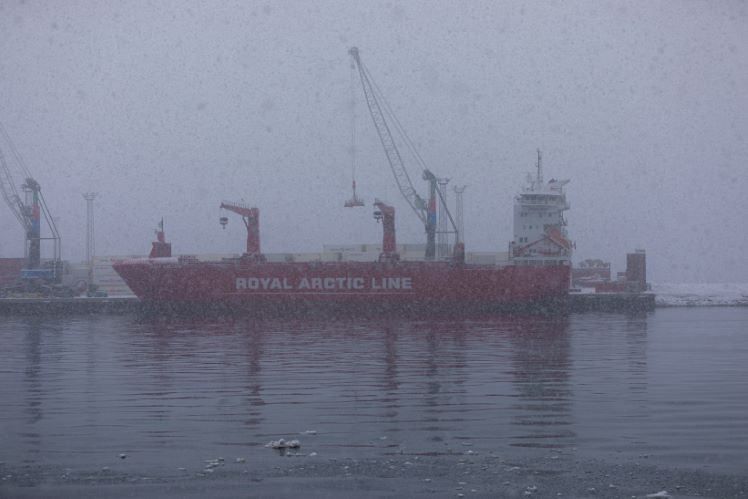Not surprisingly, the cold climate is a central part of safety considerations on feeder ship Mary Arctica, servicing Greenland for Royal Arctic Line. Warm clothing and knowledge sharing alike are important elements in this regard.
In mid-March, UFDS was in Nuuk to visit local shipping company Royal Arctic Line and a number of the company's various vessels. Among other things, we visited the large container ship Tukuma Arctica during a moderate snowstorm, presenting its own set of challenges.
The afternoon before – when the Greenlandic weather was somewhat friendlier – we made our way on board Mary Arctica, one of RAL's larger feeder ships. On the bridge, master Jakob Brinch Emdal Larsen is ready to talk us through the overall thoughts on safety at the 113-metre-long vessel, which fully loaded can take 572 TEU.
The crew handles the cargo on board with the vessel's two built in deck cranes, each with a capacity of 45 tons and a reach just shy of 30 meters. Often containers or other goods can be lifted directly onto the quay in a town, small barges acting as intermediaries in getting things into the settlement at other occasions.
»We ofte get snow and ice, and it can get slippery, so one of the things we require here is that you wear long-handled boots to protect your ankles. It may be a small thing, but we've had a lot of injuries where people have twisted an ankle, so it's an initiative we've taken,« Jakob Larsen says.
To that end Mary Arctica’s crew, such as ship assistant Jack Pedersen, whom UFDS meets on deck, spend a great deal of time removing snow and ice from outdoor walkways, cargo hatches and the like, simply to minimize the risk of falls.
In general, safety is something that sits in the bones of the seafarers at Mary Arctica and in RAL, Jakob Brinch Emdal Larsen states. That you think about what you are doing and that you can rely on checklists and digital solutions if in doubt about something.
»What we have done is that all our procedures are written into our maintenance program, so when there’s a job we have to carry out, it also tells us which safety issues we need to be aware of,« he explains.
The various procedures and workflows are reviewed continuously throughout the year, always keeping a fresh eye on things at regular intervals and re-evaluating the approach to the tasks. It's all part of keeping security top of mind.
The climate makes a difference
In addition to the fact that safety dialogue is always topical at Mary Arctica, the crew from here also shares their knowledge and experience with RAL's remaining fleet, as well as taking in input from outside. This is done through the near-miss system, through which crews on the ships can spread their best tips and tricks.
»If we have an oil spill on deck, we know it’ll be slippery, so you may not need to call it in, but other times it makes good sense to report something, even maybe just to shake things up a bit and raise awareness of whatever it may be, and then we share it,« Jakob Larsen says.
Similar to procedures, guidelines and instructions are regularly updated through Safety and Health at Sea, which the captain praises for a new version of the system, also including safety rounds and the work of the safety committee.
Regarding the more specific tasks involving for example the cranes, a preliminary meeting is first held to discuss what should happen, where to be careful and generally to keep people informed about what may be the safety risks surrounding a particular job.
This also applies when to crew members coming on board for the first time – regardless of position and experience. The first item on the agenda is thus a tour focusing on precisely the safety aspects, where to muster in case of emergencies and how to move around on the ship.
»It’s fairly basic stuff, but at the same time important in the climate we operate in most of the year. Buildup of ice can make the surfaces slippery, and something can fall from the cranes, so we make a point out of people wearing helmets. We use magnesium chloride to keep the decks ice-free, but it can be difficult when it gets really cold, so you have to stay on your toes,« the master says.
In the same ballpark, Mary Arctica – hardly surprisingly – has a large stock of warm clothes that are good to have on hand (and on the body) when conditions sometimes means working in -30 degrees. Here you also make sure that the people take turns being on deck so that no one risks frostbite.
As far as the temperature is concerned, the thermometer isn’t the only point of interest. The overall cold index showing the chill factor, i.e., how cold it actually feels when the wind is taken into account is an important aid. Even if it is "only" -10, it can feel like -25 with an average wind of 8 m/s.
When the crew are working on deck and especially on the barges out in the settlements, the risk of falling overboard is obviously another factor that needs to be considered. Even during the summer, water temperatures are no laughing matter, so people have to get back out in a hurry if an accident occurs.
»It doesn't take many minutes, so especially around barge operations, where you have to go up and down, we talk a lot about where you position yourself, so you're not exposed, and that you have an escape route. Of course, this must be clarified in advance, and it is also part of the risk assessment before a task,« Jakob Larsen says.
After UFDS' visit, Mary Arctica has been sold off to Norwegian shipping company Silver Sea Line, now sailing as Silver Mary. However, Royal Arctic Line lease back the ship on five year deals every summer, so despite the name change, she continues life in the Arctic regions, not least transporting reefers.



